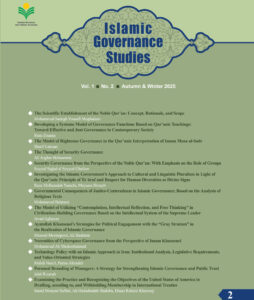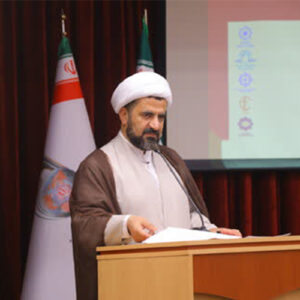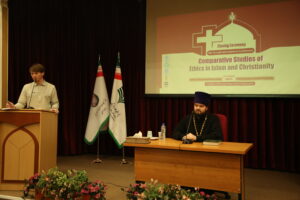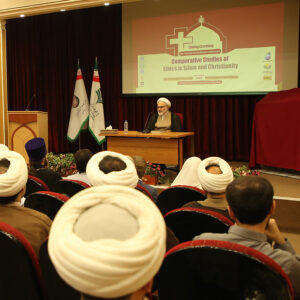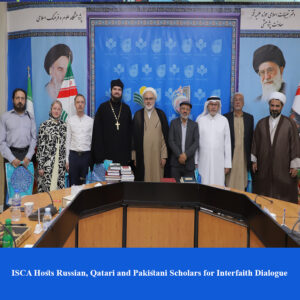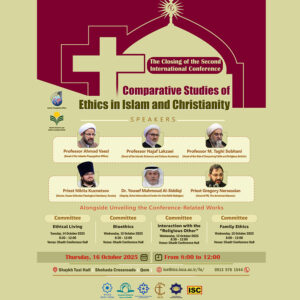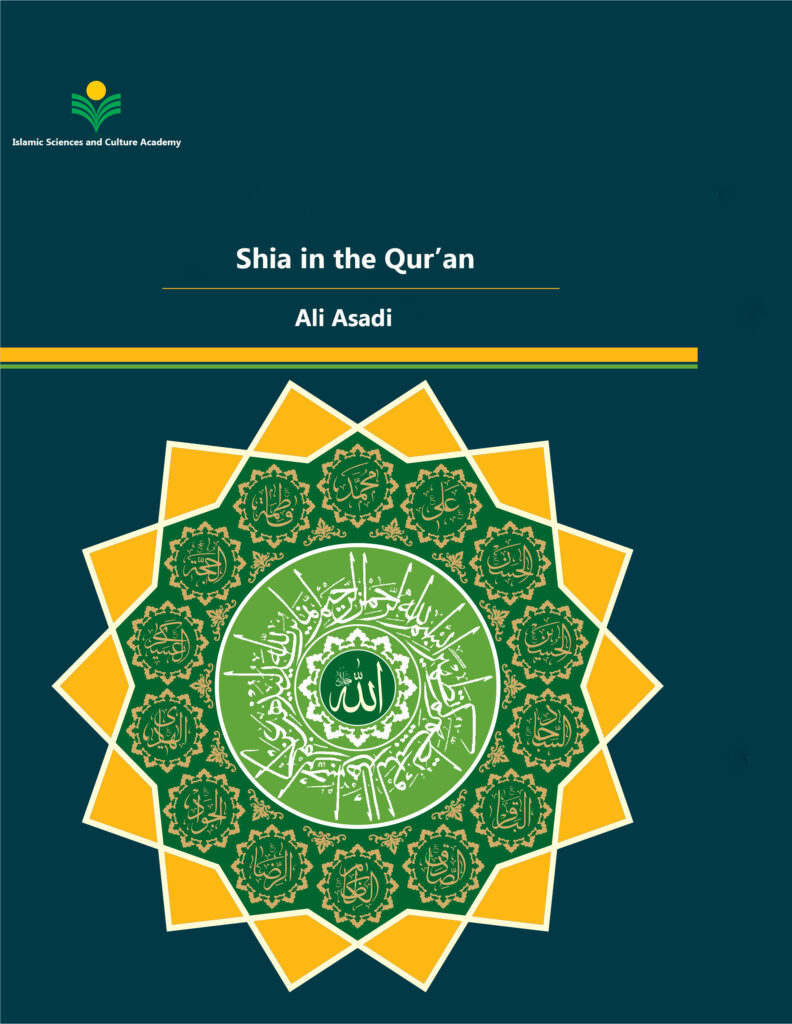Shia in the Qur’an
Authored by: Ali Asadi
Assistant professor, Department for Encyclopedias of the Holy Qur’an, Research Center for Qur’anic Sciences and Culture, Islamic Sciences and Culture Academy
a.asadi8431@gmail.com
Keywords
Shia, the Qur’an, Shia in the Qur’an, the origin of Shia
Statement of the problem
The Twelve-Imam Shia is one of the Islamic denominations. The small number of Shiites compared to Sunnis, their lack of presence in political governance and its non-recognition in most historical periods, the incompatibility of part of the religious ideas of Shiites with the official and common denominations of Sunnis, the deviant ideas and tendencies of some non-twelve Imam sects and its generalization by the opponents to all Shiites and cases like these, have always laid the foundations for the persecution of Shiites throughout the history of Islam and the introduction of the Shia as a fake, deviant denomination and heresy in Islam– A denomination whose origin has been limited to political and social conflicts and historical events after the Holy Prophet and its ideas have been called imported, extravagant and un-Islamic. Some even considered it to be made by the enemies of Islam. Many Sunni writers and Orientalists have written many books, theses and articles about Shia with this view and attitude. In rejecting this view, the book Shia in the Qur’an has explained the origin and background of the Twelve-Imam Shia, its position and the most important specific teachings by referring to the verses of the Holy Qur’an.
Primary and Secondary Questions
The book aims to answer this primary question– which are the Qur’anic documents of the emergence of Twelve-Imam Shia and its thoughts? Its secondary questions are: What characteristics has the Holy Qur’an said for Shiites? What are the sources of Shia religious thoughts and what are the Qur’anic documents of their theological, jurisprudential and interpretational thoughts?
Objective
The main objective of this study is to explain the origin of Twelve-Imam Shia and defend the originality of their religious thoughts by referring to the Holy Qur’an. Based on the findings of this research, the emergence and evolution of Shia and its religious thoughts, despite various ups and downs in the history, has an inseparable link with the teachings of the book, tradition and reason, and the basic form and core of Shia and their fundamental beliefs emerged during the time of the Holy Prophet (PBUH) and the events after the death of the Holy Prophet and the various developments in the history of Islam, especially in the first centuries, led to the evolution, development and deepening of the thoughts and further relationships between the Shiites and the Sunnis and the final formulation of their religious and intellectual identity.
Method
First, in every subject, the verses of the Qur’an are referred to as the most authentic and the most sacred text accepted by all Islamic sects and denominations, and further, it is documented in authentic Shia and Sunni interpretations and narratives. In this book, there are only topics that have a Qur’anic document. Second, they are considered to be specific teachings of Shia and disputed with Sunnis, or Shia have paid more attention to them than Sunnis. Third, they are more important and prominent than other Shiite teachings.
Structure
The book Shia in the Qur’an has six chapters, and it’s been tried to explain the most important specific teachings of Shia in various areas by referring to the Qur’an in a concise, general and clear manner. The first chapter deals with the general overview and concepts in two parts. The literal and terminological concept of Shia and its Qur’anic applications are given in the first section and the background and origin of Shia in the second section. The second chapter is dedicated to the characteristics of the Shiites of Ahl al-Bayt, which are stated by referring to a number of verses and applying them to the Shiites in the hadiths of the Prophet. These characteristics indicate the religious status of Shiites and are among the reasons for the emergence of Shia and the tendency towards it. The third chapter introduces the sources of Shia religious thought, that is, the Qur’an, the Sunnah (tradition) and the intellect, and their Qur’anic documents and the fact that, beside the Prophet’s sunnah, the Shia consider the sunnah of the twelve imams to be the sources of religious thought, and unlike the Sunnis, do not consider the sunnah of the companions of the Prophet as a legal authority. In the fourth chapter, the important and specific theological teachings of Shia are given in three parts: knowledge of God, prophecy and imamate. The fifth chapter is dedicated to Shia jurisprudential teachings and in the sixth chapter, the most important thoughts of Qur’anic interpretation and Qur’anic sciences of Shia are mentioned.
Novelty
Qur’anic nature of the topics, brevity and avoidance of excessive and unnecessary explanation and elaboration, and at the same time, relative comprehensiveness, full of sources, use of various authentic and first-hand Shia and Sunni narrative and interpretation sources, providing the text and translation of the quoted verses and many hadiths in the footnotes for the readers to judge the correctness and incorrectness of the interpretations and citations, and providing some necessary explanations in the footnotes and referring to the relevant references for more information, are among the features of this book.
Conclusion
The origin and religious thoughts of Shia have solid Qur’anic and narrative documents, and this important fact proves the authenticity of the school of thought of the Imams of Ahl al-Bayt, their scientific and religious authority, and the companionship and inseparability of the “Thaqalayn” (The Qur’an and Ahl al-Bayt, peace be upon them), and the fact that Twelve-Imam Shia denomination is not a fake and heretical denomination, but it is the continuation and natural birth of pure Muhammadan Islam, and its religious thoughts are based on the book, tradition and reason.


